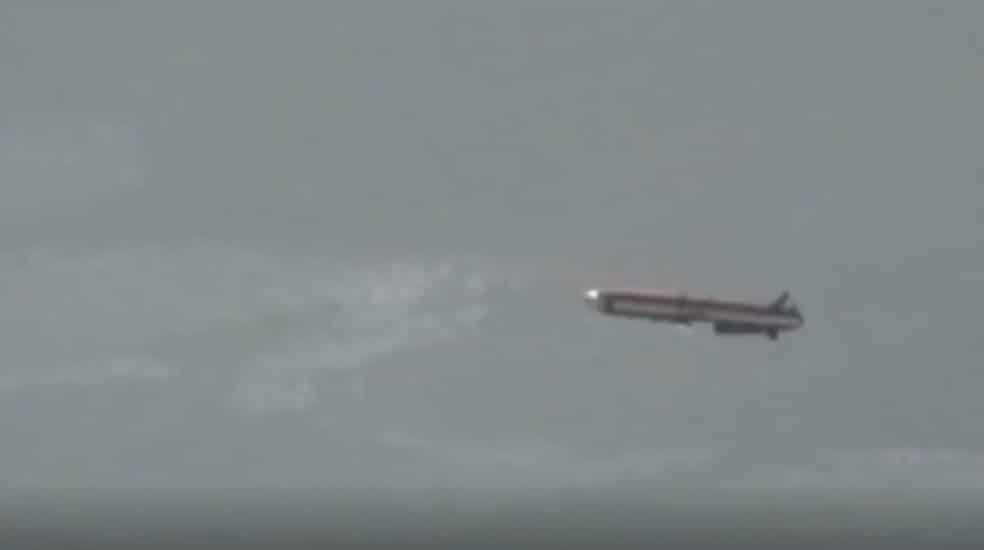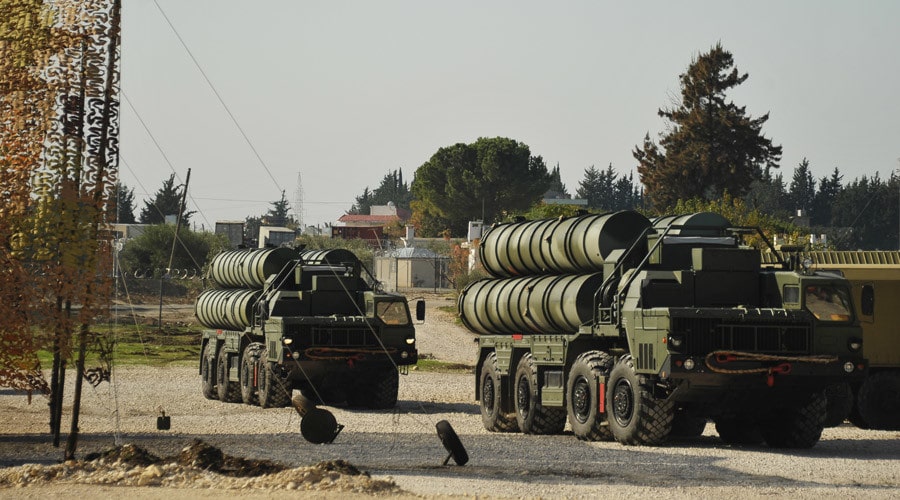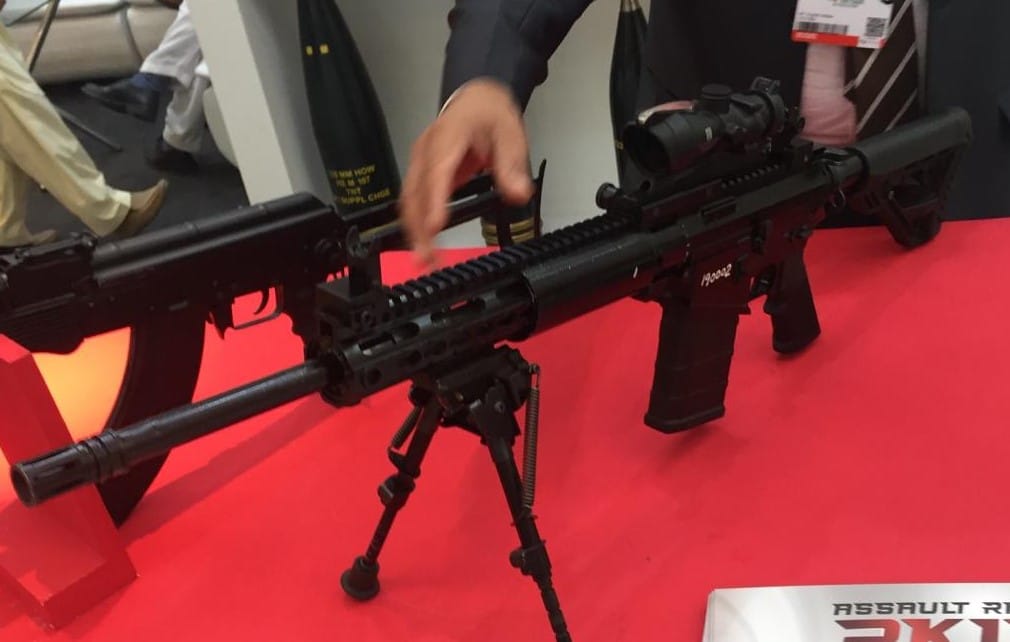2790Views 0Comments

Pakistan Tests Ra’ad-II Air-Launched Cruise Missile
On 18 February, Pakistan’s Inter Services Public Relations (ISPR) announced that a Pakistan Air Force (PAF) Mirage III test-fired the ‘Ra’ad-II’ air-launched cruise missile (ALCM).
According to the ISPR, the Ra’ad-II offers a range of 600 km, “which significantly enhances” Pakistan’s “air delivered strategic standoff capability on land and at sea.” In addition, the Ra’ad-II “is equipped with state-of-the-art guidance and navigation systems ensuring engagement of targets with high precision.”
Notes and Comments:
Pakistan had originally revealed the existence of the Ra’ad-II on 23 March 2017 during the national military parade of that year. At the time, the stated range of the Ra’ad-II was 550 km, and the design of the missile was identical to that of the original Ra’ad.
However, the newly released footage of the Ra’ad-II show a redesigned missile, notably through a new ‘X’ type tail in place of the preceding variant’s relatively large horizontal stabilizers. This change alludes to an improvement in Pakistan’s competency with flight control technology.
Overall, these changes have seemingly made the Ra’ad-II a more compact, and potentially lighter weight missile compared to the original Ra’ad. These changes may see the PAF integrate the Ra’ad II to the JF-17.
The JF-17’s current stand-off range weapons inventory comprise of the C-802 anti-ship missile (AShM) as well as Range Extension Kit (REK) and Indigenous Range Extension Kit (IREK).
Thanks to a more compact design, the PAF may be able to load the Ra’ad-II to the JF-17’s inner wing-based hardpoints. The JF-17 could carry two C-802 AShMs in this configuration. If the integration is doable, then the JF-17 could start taking up more of the Mirages’ deep-strike mission roles.
Besides improving its handle of flight control technology in the Ra’ad-II, it will worth seeing if Pakistan also headway in miniature turbofan or turbojet propulsion, fuel management, and composite materials.
These new capabilities could see Pakistan work on next-generation versions of its other cruise missiles. It could also contribute to Pakistan’s indigenous drone development efforts and, in turn, see it work towards niche systems such as ‘loyal wingman’ systems and electronic warfare (EW)-equipped decoys.


